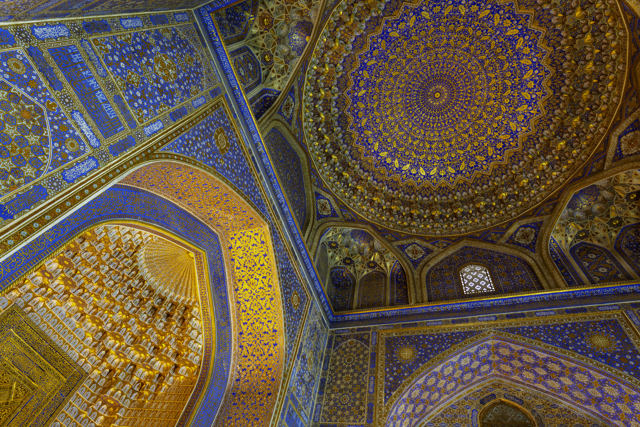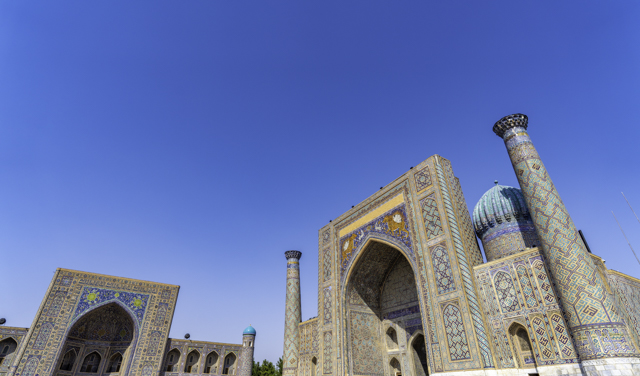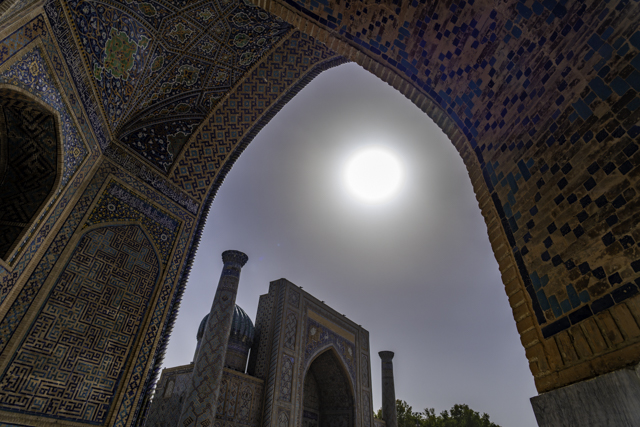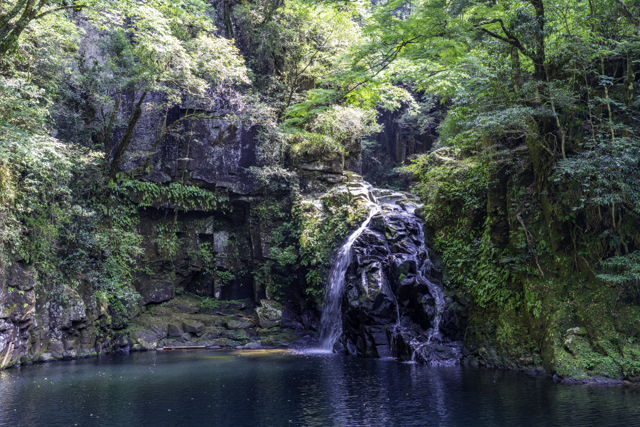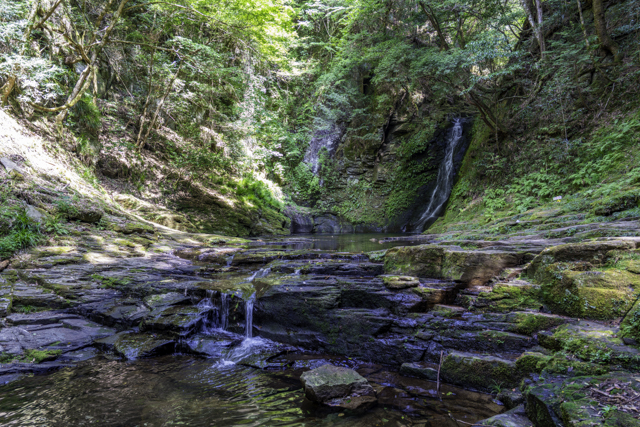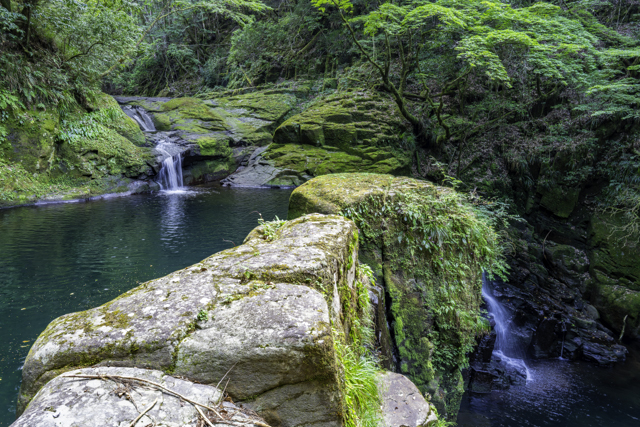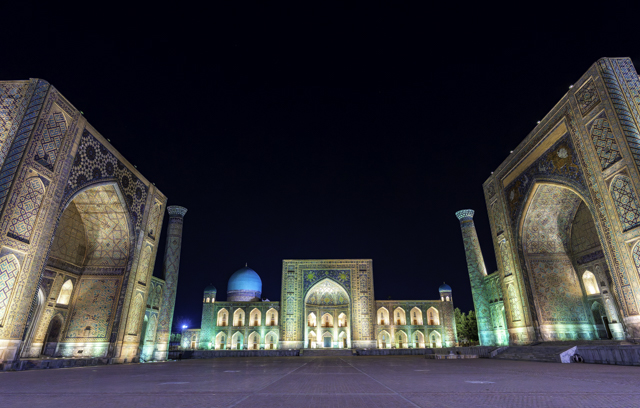
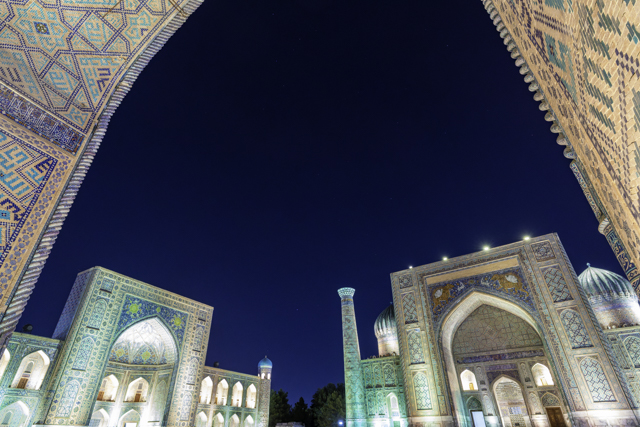
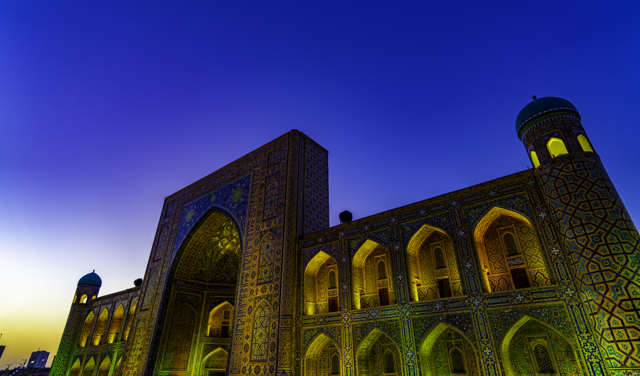

What happens twice will happen three times.
Third time’s the charm.
Japanese proverbs are contradictory. Statistically, it is probably a fifty-fifty chance, I just have to believe in one or the other. I am a type of person who sees as “the glass of half empty” rather than “the glass of half full”, so I am generally believed in the former.
My travel plans are overly meticulous, so much so that my friends question if vacation or a work trip. Yet, once I arrive at my destination, my plans become inefficient and far from meticulous.
Since photography is the main focus of my trips, I tend to allocate more time for staying at each destination. As a result, I am often able to visit fewer destinations than other travelers who travel similar period of time. Besides, even if it costs admission fees, I visit the same spot multiple times in search of better photo shooting conditions. In fact, last year in Croatia, I visited Dubrovnik City Walls 3 times, each cost 35 euros. Total amount was about JPY15,000, what tremendous extravagances I made.
This trip to Uzbekistan lasted 9 days. With said travel days, it seemed to create differences in the number of countries visiting. On my departure day at Tokyo Narita Airport, I saw a group tour going to both Uzbekistan and Turkmenistan within 7 or 8 days. This may be an example that being meticulous is not always synonymous to being efficient.
Main destination of this trip was Samarkand. I planned to stay for 3 nights. While I had meticulously planned the journey to Samarkand, I had not made any specific plans during my stay in Samarkand. I went to the main attraction, Registan Square, immediately upon arrival Samarkand and then figured out what my photography plan would be.
Registan Square was crowded with tourists, making it difficult to photograph. To make things worse, 3 massive former mosques (strictly speaking, madrasahs, Islamic schools) are lined at the east, north, and west sides of the Square. I had clear weather in daytime, and the sunlight was so strong which created harsh shadows. To shoot in forward lighting, it seemed necessary to visit Registan Square both in the morning and afternoon. I also wished to try capturing the beautiful sunset, and the nighttime illumination seemed even more stunning.
In the end, I visited Registan Square 6 times. While its entrance fee was not as expensive as Dubrovnik City Walls, considering Uzbekistan’s cost of living, it was surely at higher end. With such differences in mind, doubling the number of visits made the total cost comparable to the extravagance by visiting Dubrovnik City Walls 3 times.
What I absolutely wished to capture at Registan Square was a night shot including all 3 mosques of the Square in one frame. I brought a tripod specifically for this, but the actual shootings were extremely difficult.
As I was generally quite meticulous with travel planning, I booked a hotel within walking distance to Registan Square ensuring that I could visit multiple times. However, my plan beyond that was far too loose.
On the first night, I went to see the nighttime illumination at 9 pm. There were quite numbers of people, so I gave up entering the Square. On the second night, I arrived after 10 pm. Even though Registan Square closes at midnight, ticket sales had already ended. There was an observation deck in the free-entrance area, so I took photos from there. The distant view was not bad, but there were paid area’s facilities in the shot, requiring some AI adjustments in Adobe Lightroom.
Then came the third night. Since it was the last night in Samarkand, I went at 9:30 pm for safe sake. As expected, it was still crowded. I killed time until I was totally bored. At 11:50 pm, I finally got the Square to myself. It was indeed “Third time’s the charm.” A few minutes later, disgusted security guards told me that they would be closing in 5 minutes. Having a longer stay schedule definitely paid off.
Food became an issue when staying in the same city for 4 days. On the first night, I went out for meat, but it seemed I was not good at lamb. I quickly developed indigestion. I tried to visit local restaurants accessible to travelers, but the beef, likely sourced in limited quantities, was probably fought over by foreign tourists. By the time I visited such restaurants between photo shoots, it was sold out.
After all, my main meal became plov, an Uzbek dish. This way, I could eat rice and came with delicious tomatoes as a side dish. I found a good specialty place and frequently visited during my stay in Samarkand.
My first visit was around 3 pm, but the plov seemed to had been sitting in the pod for a while and was quite oily. Back at the hotel, I found that locals apparently know the optimal serving times of their favorite plov restaurants. Checking my favorite plov restaurant on Google Map, it showed the place would open at 9 am, so I went again around 11 am on the next day. However, they were still preparing for plov.
There seemed to be no way that they opened at 9 am while the preparation was still going on at 11 am. Assumed Google Maps was wrong, I braced myself for an one-hour wait. However, a ring sounded from the back, and then the plov came out surprisingly quickly. The dish was extremely hot, but the oil had gone rancid, making it clearly worse than the previous day at 3 pm.
Even I could learn something. On the final day, I went there around 1 pm and got fresh plov. It was incredibly delicious. “Third time’s the charm” was true for plov too. Having a longer stay schedule definitely paid off again.
My time in Samarkand was probably twice longer than the average tourists, but I was completely satisfied. This was probably mathematical: the longer the period of stay, the higher the probability of things turning out well.
Ultimately, how to interpret a proverb depends entirely on the outcome.


